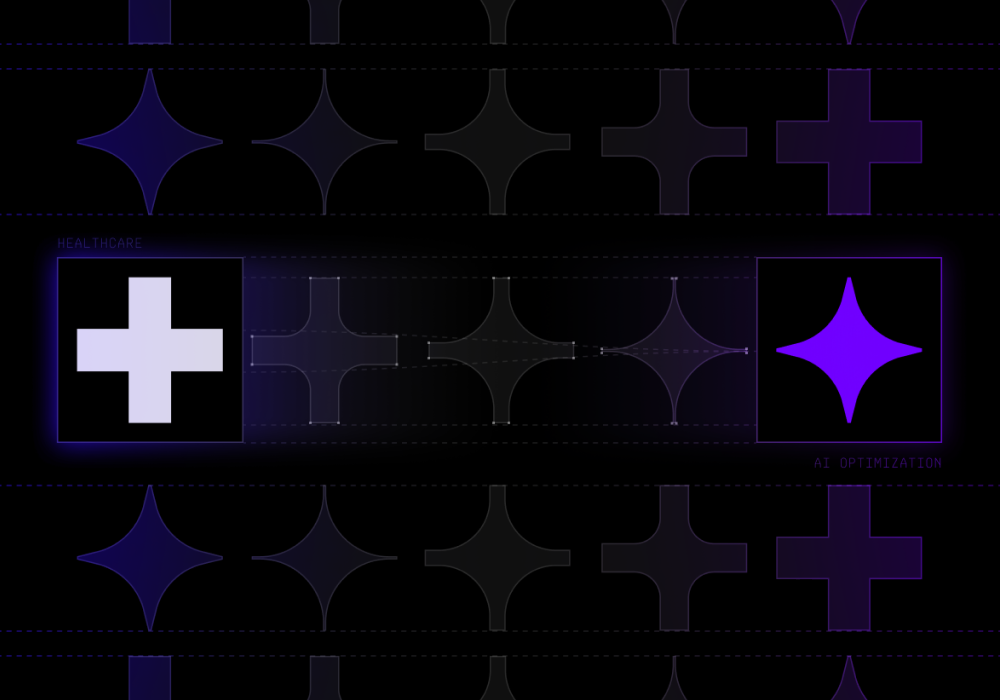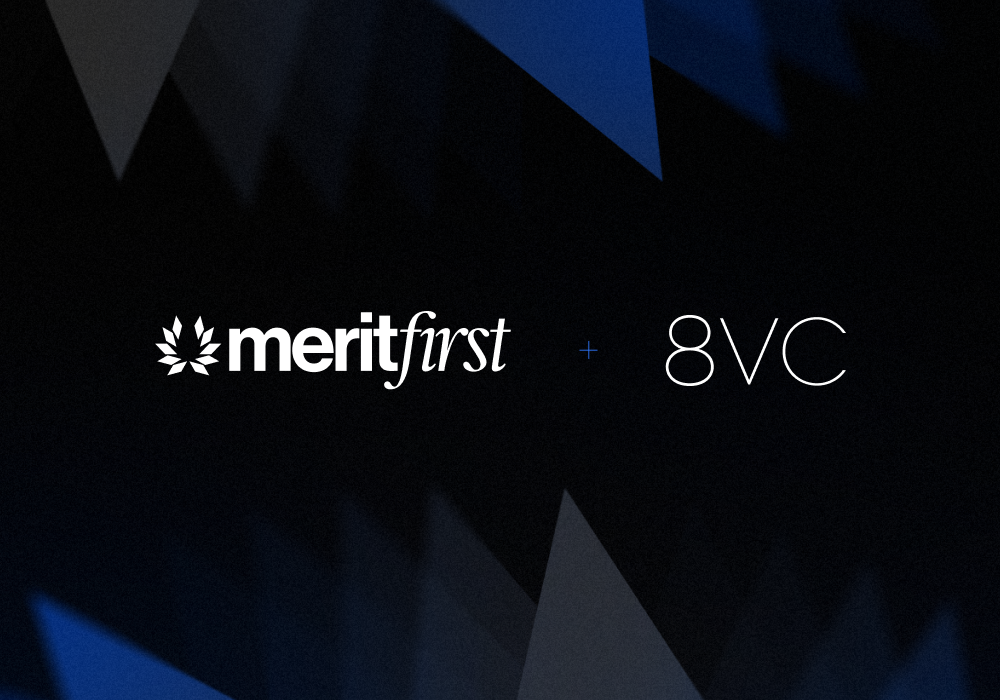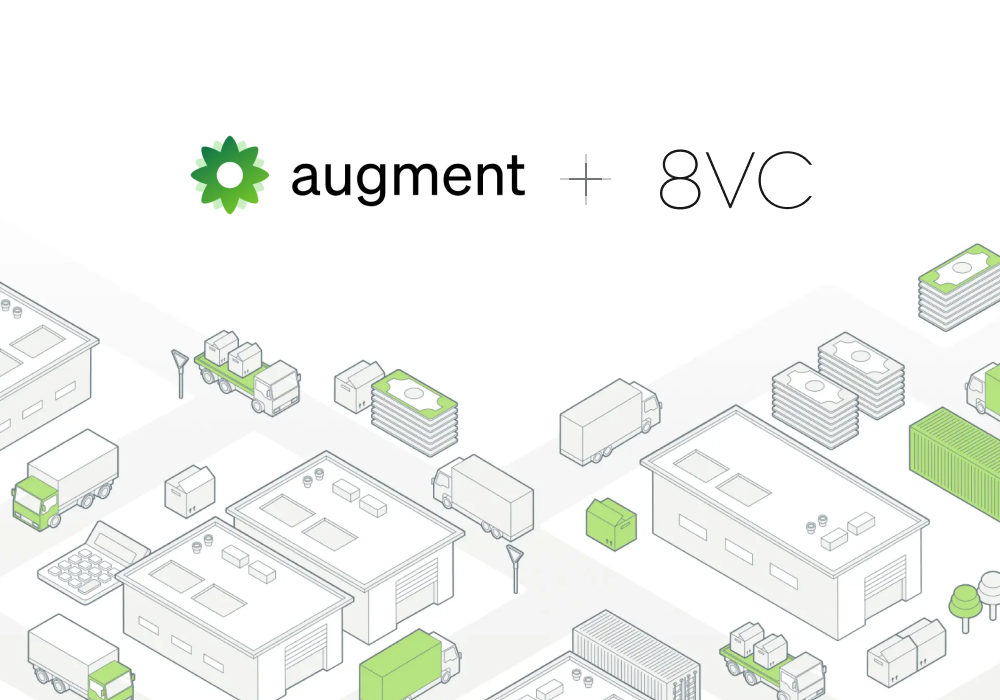How Design Becomes Your Competitive Edge

Share

In the startup world, design is your strategic roadmap. Investing in it early means avoiding costly detours, optimizing efficiency, and outshining competitors. Design doesn't just elevate your product—it creates the vital connection between your vision and your customers' needs, accelerates growth, and drives margins by keeping efforts lean and focused.
According to a study by Forrester, every $1 that’s being invested in UX returns $100. This is equal to a return of 9,900%.
Why Investing in Design Early Saves Time, Money, and Headaches
“Bringing on design early was a game-changer. They helped visualize concepts and products which really brought our ideas to life and drove early customer partnerships. I can't imagine starting a company without design at the start."
—Dino Mavrookas, Co-founder and CEO at Saronic
Hiring a designer early allows founders to quickly iterate, validate ideas, and avoid costly pivots, ensuring user-centered products are market-ready before reaching marketing or GTM teams.
From day one, a designer can add value in these areas:
- User-Driven Precision
Drive user loyalty and product-market fit by involving designers early in conversations with design partners and users. Designing with deep insights from the start ensures every feature meets real needs, contributes to a stickier product, and creates lasting impact. - Purposeful Execution
Reduce costly missteps and accelerate time to market by refining ideas early, aligning stakeholders, and focusing on what truly matters. This can also lead to increased conversion and overall GTM efficiency. - Rapid, Scalable Efficiency
Achieve faster, high-quality delivery with reusable UI patterns and streamlined prototyping, lowering engineering costs while enabling scalable growth.
Do You Really Need a Full-Time Designer? (Spoiler: Yes, You Do)
“Our second hire was a designer - right alongside a Senior Engineer. It's pivotal to build the culture early. It's also key to build product together --product, eng, and design. Our early designers were incredible and I still miss them and their incredible impact!”
—Zac Bookman, Co-founder and CEO at OpenGov
Products take time to validate and build, and that can raise questions about the role a designer plays in a young company. In fact, there are many ways designers can contribute during the crucial early stage:
Projects may include:
- Product Ideation
Explore bold, experimental ideas to inspire your team and expand the product vision. This allows team members to react to conceptual ideas through a tangible artifact (whether it’s a whiteboard drawing or mockup) and can create excitement across departments.
- Master Brand Consistency
Create a brand playbook covering logos, colors, typography, and imagery for flawless execution and a smoother product roadmap. This ever-evolving guideline trickles into the rest of the product and go-to-market assets and changes as you learn and grow. Early efforts in this area helps establish trust and credibility.
- Elevate Impact
Develop standout assets—illustrations, banners, swag, slide decks and marketing assets—that tell a compelling story and attract top talent and customers.
Other Ways Designers Drive Growth and Efficiency
"Principles of good design ended up influencing how we approached everything as we scaled. We talked about everything in our company as a user experience - the experience created by talking to customers, delivering an All-Hands, or facilitating a strategy meeting."
—Ray Zhou, Co-founder and former CEO at Affinity
Startup employees often wear many hats, and designers can significantly enhance value beyond their traditional role. Their diverse skill set can lead to improved customer engagement and streamlined product development, both of which contribute to the company’s bottom line.
For example, designers can often stretch into these areas:
- Product Management: Prioritize strategic product decisions
Designers give form to vision and strategy, fast-tracking product outcomes and accelerating time to market. Many even take on dual roles as both product manager and designer. - Front End Engineering: Designer-developers are game changers
Their dual expertise bridges design and development, supercharging efficiency and increasing product velocity. - Copywriter: Crafting high-impact copy
From onboarding to web content, designers create copy that complements and reinforces visual design elements, raising conversions and user satisfaction. - Marketing: Drive Marketing Impact
Lead social media campaigns, marketing videos and animations that resonate with your audience in exciting ways, driving up leads and engagement.
Don’t wait to hire a designer—implement the foundations for a strong design culture from the start. Prioritizing design early builds trust and creativity, both with your users and within your team. For users and stakeholders, great design instills confidence in the process, showing that the end product will be valuable and intuitive. Internally, design bridges the gap between vision and execution, transforming ideas into tangible, usable products. This trust fosters stronger connections, accelerates momentum, enables smoother growth, and results in a product that resonates, laying the foundation for repeatable success.









.gif)

.jpg)